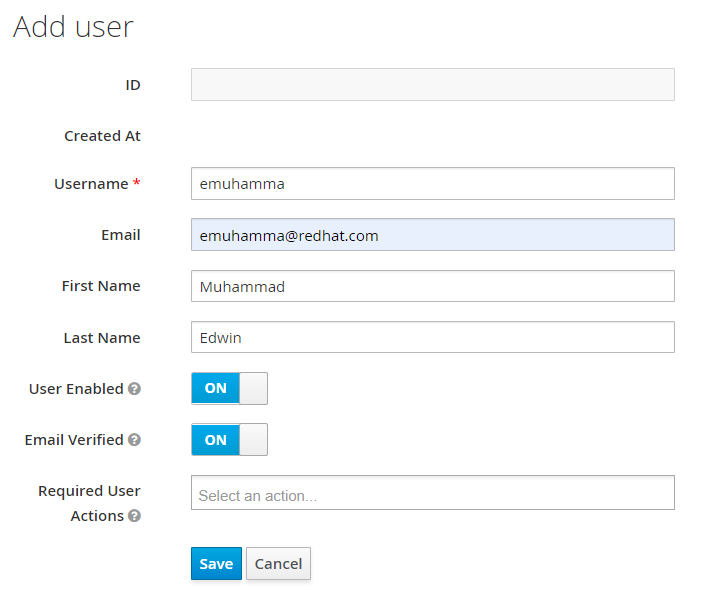Create JSON Web Tokens signed with your private key to authorize API requests.
Overview
Use JWT Authentication in ASP.NET Core 3.0 with examples; Summary. Security is an integral part of any application development and today in this article we understood how to create/generate JSON Web Token (JWT) token to secure.NET Core applications like WebAPI or other types in a few simple steps.
JSON Web Token (JWT) is an open standard (RFC 7519) that defines a way to securely transmit information. The App Store Connect API requires JWTs to authorize each API request. You create the token, signing it with the private key you downloaded from App Store Connect.
To generate a signed JWT:
Create the JWT header.
Create the JWT payload.
Sign the JWT.
Include the signed JWT in the authorization header of each App Store Connect API request.
Create the JWT Header

To create a JWT to communicate with the App Store Connect API, use the following fields and values in the header:
To get your key ID, copy it from App Store Connect by logging in to App Store Connect, then:
Select Users and Access, then select the API Keys tab.
The key IDs appear in a column under the Active heading. Hover the cursor next to a key ID to display the Copy Key ID link.
Click Copy Key ID.
If you have more than one API key, use the key ID of the same private key that you use to sign the JWT.
Here's an example of a JWT header:
Create the JWT Payload
The JWT payload contains information specific to the App Store Connect APIs, such as issuer ID and expiration time. Use the following fields and values in the JWT payload:
To get your issuer ID, log in to App Store Connect and:
Select Users and Access, then Select the API Keys tab.
The issuer ID appears near the top of the page. To copy the issuer ID, click Copy next to the ID.
Here's an example of a JWT payload:
Sign the JWT
Use the private key associated with the key ID you specified in the header to sign the token.
Regardless of the programming language you're using with the App Store Connect API, there are a variety of open source libraries available online for creating and signing JWT tokens. See JWT.io for more information.
Tip
You do not need to generate a new token for every API request. To get better performance from the App Store Connect API, reuse the same signed token for up to 20 minutes.
Include the JWT in the Request's Authorization Header
Once you have a complete and signed token, provide the token in the request's authorization header as a bearer token.
The following example shows a curl command using a bearer token. Replace the text '[signed token]' with the value of the signed token itself.
See Also
Creating API Keys for App Store Connect APICreate API keys used to sign JWTs and authorize API requests.